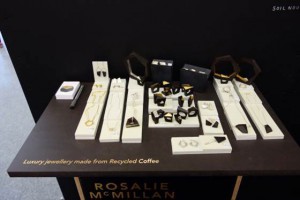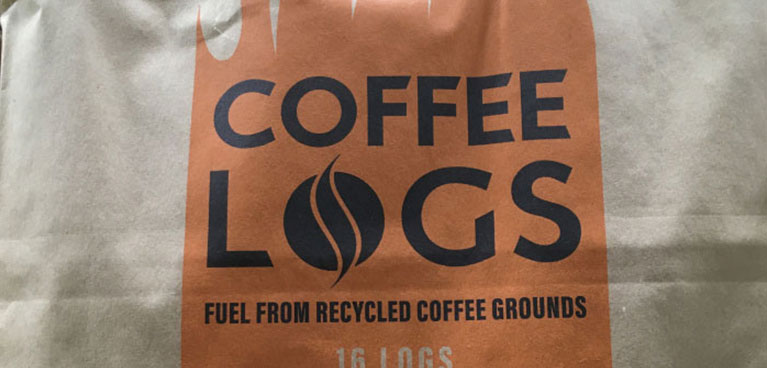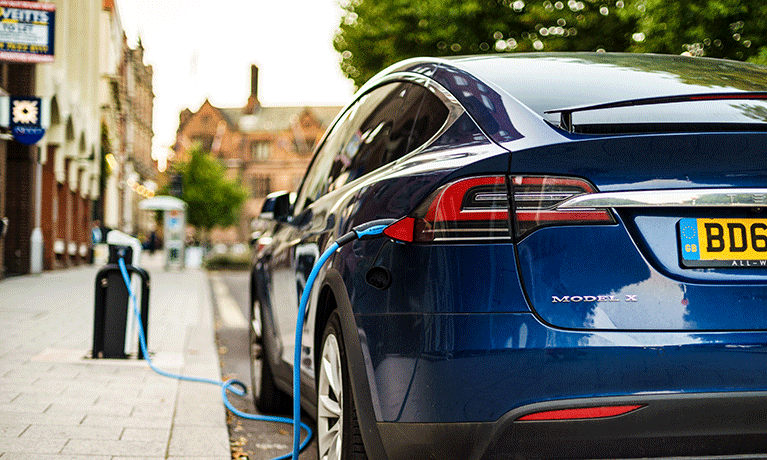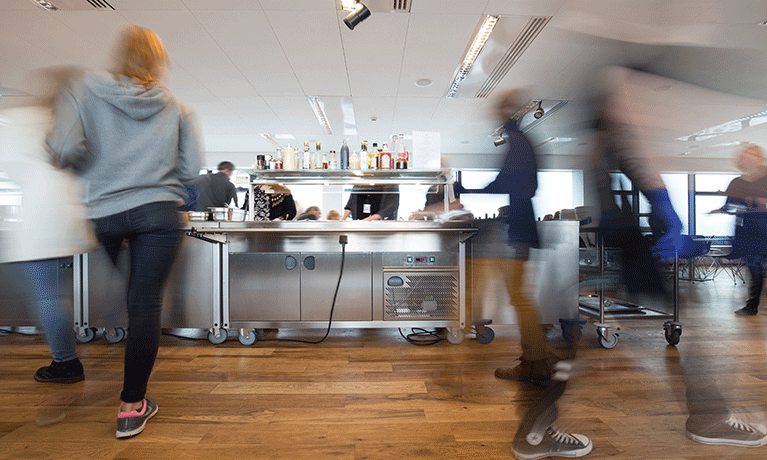By Dr Jennifer Ferreira
In the UK around 95 million cups of coffee are consumed every day, which means it also produces a lot of coffee waste – around of 500,000 tonnes waste coffee grounds every year. Such amount of waste contributes to rising pressures on landfill, and decomposition of coffee grounds will ultimately contribute to greenhouse gas emissions.
 Such volumes of waste however presents potential innovators with a huge resource base to work with, and one which many people have been trying engage with. The BBC recently reported on how two entrepreneurs in Scotland have developed a method to extract oil from coffee grounds which could be used in a wide range of products, and could even be used as an alternative to palm oil (Black, 2019). Palm oil has become an ingredient in so many products, around 50% of packaged products in the supermarkets according to the WWF (2018), but one which has also been linked to driving deforestation which has a range of damaging environmental consequences. Finding an alternative from coffee grounds is an attractive prospect if it can be scaled up and can become a viable alternative to palm oil. The two entrepreneurs Mr Kennedy and Mr Moore established Revive Eco to try and work towards this. They are contenders in a Chivas Venture competition, a global competition for social entrepreneurs to try and secure funds to continue to develop the process and develop an industrial coffee ground processing plant. According to the Chivas Venture profile Revive Eco have ‘diverted 20 tonnes of coffee ground away from landfill, saving approximately 36 tonnes of CO2’ (Chivas, 2019). Through engaging in the circular economy, using coffee waste the potential for reducing waste from the coffee shop industry and reducing CO2 emissions is vast.
Such volumes of waste however presents potential innovators with a huge resource base to work with, and one which many people have been trying engage with. The BBC recently reported on how two entrepreneurs in Scotland have developed a method to extract oil from coffee grounds which could be used in a wide range of products, and could even be used as an alternative to palm oil (Black, 2019). Palm oil has become an ingredient in so many products, around 50% of packaged products in the supermarkets according to the WWF (2018), but one which has also been linked to driving deforestation which has a range of damaging environmental consequences. Finding an alternative from coffee grounds is an attractive prospect if it can be scaled up and can become a viable alternative to palm oil. The two entrepreneurs Mr Kennedy and Mr Moore established Revive Eco to try and work towards this. They are contenders in a Chivas Venture competition, a global competition for social entrepreneurs to try and secure funds to continue to develop the process and develop an industrial coffee ground processing plant. According to the Chivas Venture profile Revive Eco have ‘diverted 20 tonnes of coffee ground away from landfill, saving approximately 36 tonnes of CO2’ (Chivas, 2019). Through engaging in the circular economy, using coffee waste the potential for reducing waste from the coffee shop industry and reducing CO2 emissions is vast.
 They are not however first, or the only organisation which has seen the rising amount of coffee grounds as an opportunity. bio-bean, are another UK based clean technology company that collects coffee grounds and recycles them on an industrial scale to produce a range of biofuels and biochemicals. If you look in your local DIY store you may see their ‘coffee logs’ for sale, an alternative to traditional logs. Bio-bean has successfully grown from a small start-up in 2013 based in London to become a successful waste management and recycling organisation that operates nationwide. bio-bean’s life cycle assessment suggested that ‘sending waste coffee grounds to bio-bean produces 80% less CO2 emissions than sending them to landfill’ (bio-bean, 2018), again highlighting the environmental potential for this process. The proliferation of coffee waste is also evident from the types of places that bio-bean collect their waste coffee grounds, from independent cafes to instant coffee factories, highlighting that there are a range of business and organisations that can get involved in this process.
They are not however first, or the only organisation which has seen the rising amount of coffee grounds as an opportunity. bio-bean, are another UK based clean technology company that collects coffee grounds and recycles them on an industrial scale to produce a range of biofuels and biochemicals. If you look in your local DIY store you may see their ‘coffee logs’ for sale, an alternative to traditional logs. Bio-bean has successfully grown from a small start-up in 2013 based in London to become a successful waste management and recycling organisation that operates nationwide. bio-bean’s life cycle assessment suggested that ‘sending waste coffee grounds to bio-bean produces 80% less CO2 emissions than sending them to landfill’ (bio-bean, 2018), again highlighting the environmental potential for this process. The proliferation of coffee waste is also evident from the types of places that bio-bean collect their waste coffee grounds, from independent cafes to instant coffee factories, highlighting that there are a range of business and organisations that can get involved in this process.
These are not the only innovators who have utilised coffee waste as a resource, there are many examples at a range of scales from GroCycle, a social enterprise who use coffee grounds as a base for growing mushrooms, to Rosalie McMillan (2014) a jewellery designer who uses a unique material made from recycled coffee grounds. Each views coffee waste as an opportunity, to reuse and recycle and existing product, in turn contributing to the circular economy. Given the size, global nature and growth trajectories of the coffee and coffee shop industries, the potential for using coffee waste is huge and one which needs further exploration. At Coventry University, a research project, ‘From the Grounds Up: The Coffee Shop Industry and the Circular Economy’ is beginning to explore this area, with a particular focus on activities in the UK and Germany.
References
- Bio-bean (2019a) About us. Available at: https://www.bio-bean.com/about-us/
- Bio-bean (2018) Waste Collection. Available at: https://www.bio-bean.com/collection/#1493904809454-743078fa-b4cf
- Black, A. (2019) Coffee waste ‘could replace palm oil’. BBC News, 25 April. Available at: https://www.bbc.co.uk/news/uk-scotland-scotland-business-48023412
- British Coffee Association (2019) Coffee Facts. Available at: https://www.britishcoffeeassociation.org/coffee-in-the-uk/coffee-facts
- Chivas Venture (2019) Revive Eco. Available at:
- https://www.chivas.com/en-en/the-venture/finalists/revive-eco
- Grocycle (2019) Growing mushrooms in coffee grounds. Available at: https://grocycle.com/growing-mushrooms-in-coffee-grounds/
- Rosalie McMillan (2014) Materials. Available at: http://www.rosaliemcmillan.com/materials/
- WWF (2018) 8 Things to Know about palm oil. Available at: https://www.wwf.org.uk/updates/8-things-know-about-palm-oil




Comments are disabled